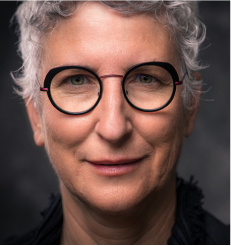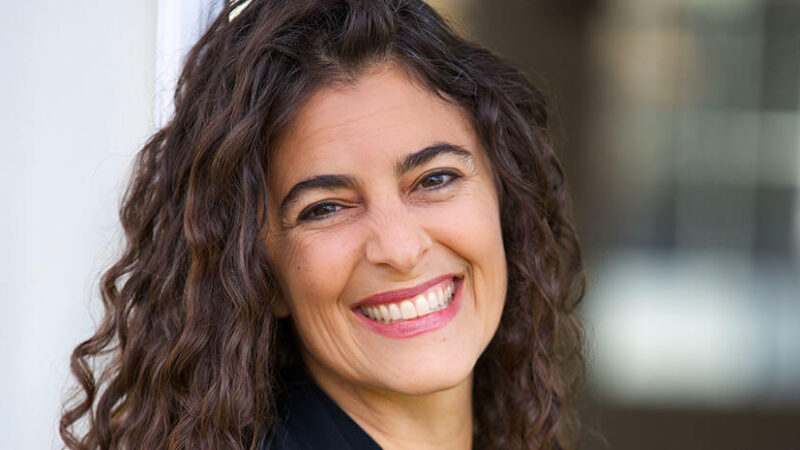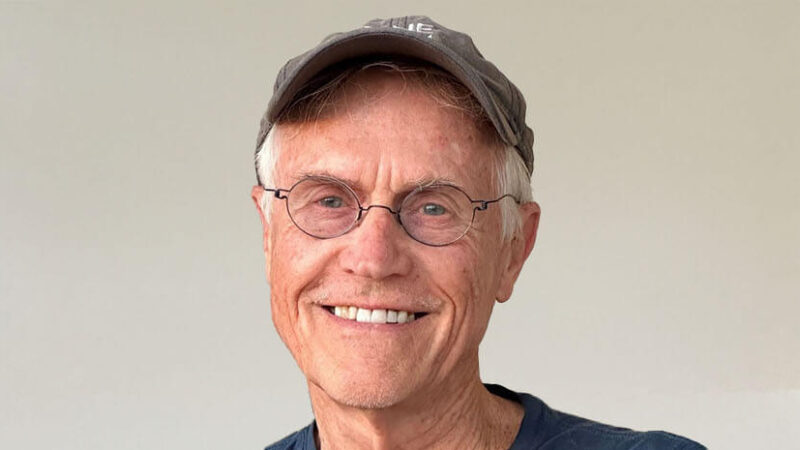The mind-body connection is still a new concept in Western medicine. Descartes’s declaration “I think, therefore I am” encouraged many to view the mind as separate from and superior to the body… for almost 400 years! So, to understand the discovery of feedback loops in the nervous system linking body and mind is to undergo a major paradigm shift, with radical implications for how we view and treat conditions like trauma and PTSD—and how you can empower yourself around your own healing journey.
Why Embodiment Decreases for Trauma Survivors
Until trauma survivors feel their safety has been truly restored, their nervous system relies on defensive mechanisms like dissociation, numbing out, or immobilization. This can feel subjectively like becoming a two-dimensional “stick figure” energetically, with a body that’s barely there.
If you feel like you’re not really inhabiting your body, know that it’s not your fault and you probably had very good historical reasons to leave it. With recent advances in mind-body therapies and somatic psychology, however, there are many ways—when you’re ready—to safely return to experiencing your fully embodied self.
Perhaps the most popular of these therapies is Somatic Experiencing®.
What Is Somatic Experiencing?
Somatic Experiencing is a form of therapy originally developed by Dr. Peter Levine. It proceeds from the premise that trauma is not just “in your head.” Though you may feel off-kilter psychologically in the wake of trauma, you’re not “crazy”—you have a nervous system that has been put into overdrive.
The body can’t distinguish physical trauma from mental or emotional trauma, and this leads the brain, once you’ve had trauma, to get stuck in a state of believing that you’re in perpetual danger.
Without a way to shake off the effects of having been in a dangerous situation in the past, trauma survivors disconnect from their bodies; the trauma gets “frozen” inside. With this frozenness in the body, your emotions can become dysregulated easily; you might at times feel spacey, agitated, depressed, panicky, collapsed—or all of the above.
Again, it’s not your fault that any of this is happening: dissociating and numbing are a natural defense mechanism. Still, it may take some work, often within a therapeutic container, to start to “thaw” the frozenness or unwind the trauma.
Somatic Experiencing practitioners help clients increase their awareness of their kinesthetic, embodied experience, and lead them through techniques to gradually release stresses that have been locked into the body. Allowing both physical responses and emotions to come through, bit by bit, restores psychological balance and can help resolve even long-term PTSD.
How It All Works: Polyvagal Theory
Neuroscientist and psychologist Dr. Stephen Porges synthesized Polyvagal Theory as a way to explain human behavior in terms of the evolution of our autonomic nervous system. It not only provides a biological frame for parts of Somatic Experiencing, it has helped therapists develop a host of somatically attuned interventions and refined the way they interact with clients.
The centerpiece of Polyvagal Theory is the vagus nerve. This long nerve mediates what Porges calls the “social engagement” system. The vagus nerve’s ventral branch supports social engagement: a calm and playful, pro-social state. Its dorsal branch supports the opposite: immobilization (characterized by dissociation, depression, numbness, or “freeze.”)
If you undergo a trauma, the dorsal branch of the vagus nerve activates a state of immobilization. On the other hand, when you feel safe and embodied, your parasympathetic nervous system functions smoothly and you can (ideally) engage socially. What makes all this possible is neuroception, perception that takes place without our conscious awareness, tipping us from safety into other modes, like fight, flight, or freeze.
Clinicians trained in Polyvagal Theory support clients in making shifts in their autonomic responses, from “freeze” and shutdown to fight or flight—to safety—in order to restore a healthy range of responses and the feeling of being safe.
Practicing co-regulation with their clients helps the clients to re-establish inner safety and other positive feeling states.
How You Can Increase Your Embodiment
Trauma severs us from our body, and embodiment brings us back.
Embodiment practices like somatic therapies, qigong, and various athletic activities are some of the best medicine around for the nervous system. Even just taking a long walk while paying attention to your feet making contact with the earth can be quite supportive.
Sounds True also has created The Healing Trauma Program to offer support for your healing. The course has a faculty of 13 esteemed trauma experts—including Somatic Experiencing founder Dr. Peter Levine, Polyvagal Theory expert Deb Dana, Dr. Gabor Maté, Konda Mason, Thomas Hübl, and many others. The program takes place over nine months and is truly an immersion into the world of trauma recovery, with teachings, guided practices, live practice sessions and Live Q&As. Find out more about The Healing Trauma Program.










